Home>diy>Architecture & Design>How To Design Gutters For A House
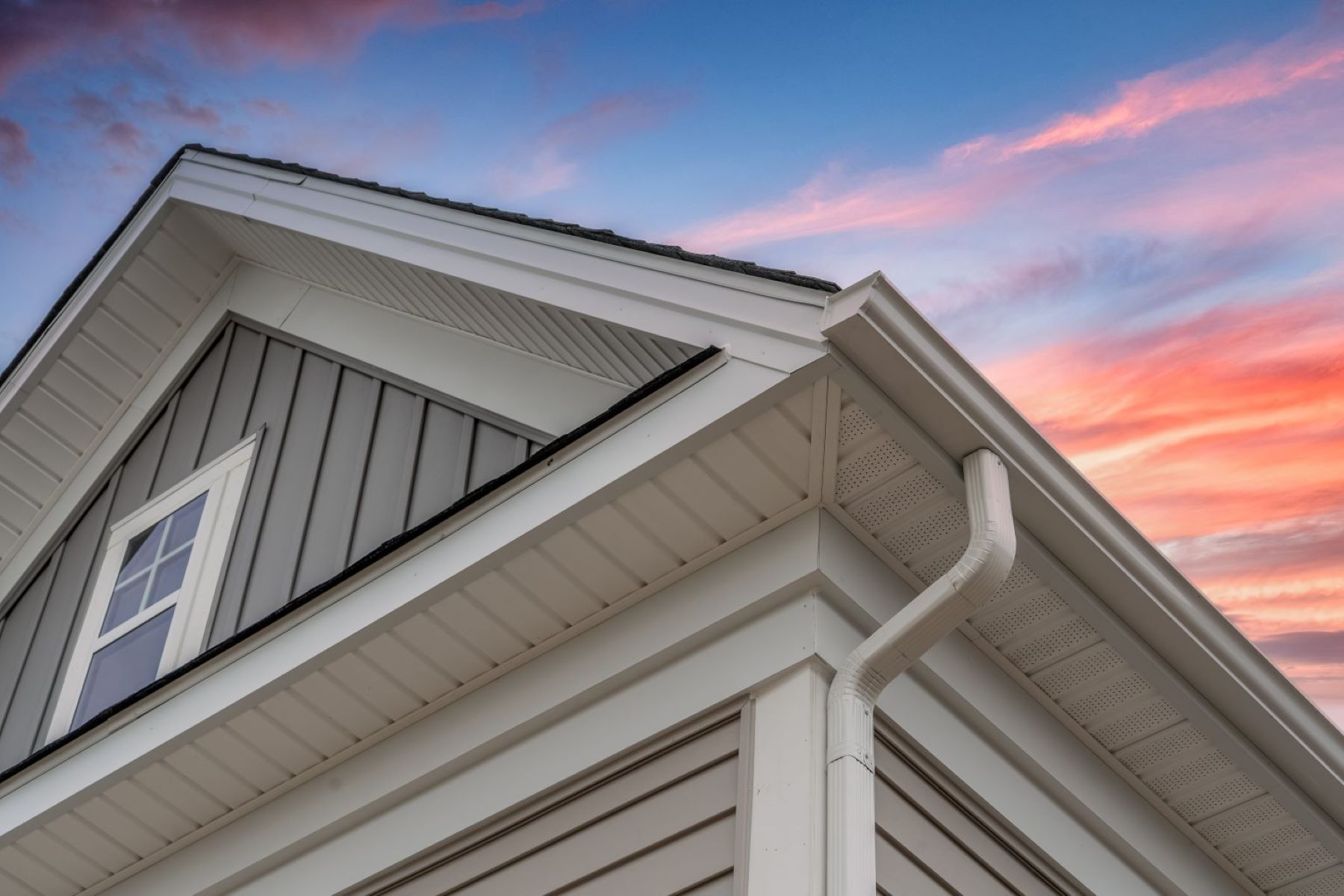

Architecture & Design
How To Design Gutters For A House
Modified: October 19, 2024
Learn how to design gutters for your house with our expert tips and techniques. Enhance the architecture design of your home with the right gutter system.
(Many of the links in this article redirect to a specific reviewed product. Your purchase of these products through affiliate links helps to generate commission for Storables.com, at no extra cost. Learn more)
Introduction
When it comes to designing a house, there are several crucial aspects to consider, including the roof, walls, windows, and doors. However, one often overlooked but essential element is the gutter system. Gutters play a vital role in protecting your home from water damage by efficiently channeling rainwater away from the foundation.
Proper gutter design is essential to ensure effective drainage and prevent issues such as basement flooding, soil erosion, and damage to your home’s exterior. In this article, we will explore the importance of proper gutter design and provide valuable insights on how to design gutters for your house.
By understanding the factors to consider, such as gutter size, material, shape, and slope, you can create a functional and visually appealing gutter system. We will also cover information on selecting the right gutter brackets and downspouts for proper installation and provide maintenance tips to ensure your gutters remain in optimal condition. Let’s dive in and explore the world of gutter design!
Key Takeaways:
- Proper gutter design is crucial for preventing water damage, soil erosion, and preserving the aesthetic appeal of your home. Consider factors like size, material, and slope for an effective gutter system.
- Regular maintenance, including cleaning, inspection, and addressing issues promptly, is essential for ensuring the longevity and optimal functionality of your gutters. Seek professional help if needed to keep your gutters in excellent condition.
Read more: How To Clean Gutters On 2 Story House
Importance of Proper Gutter Design
Proper gutter design is crucial for maintaining the structural integrity of your home and preventing water damage. Here are some of the key reasons why investing time and effort into designing a functional gutter system is essential:
- Prevent Water Damage: The primary purpose of gutters is to divert rainwater away from your house’s foundation. Without a properly designed gutter system, water can accumulate around the foundation, leading to cracks, leaks, and structural issues.
- Protect Basement and Crawlspace: A well-designed gutter system helps prevent water from seeping into your basement or crawl space. Excess moisture in these areas can cause mold growth, damage to electrical systems, and compromise the overall stability of your home.
- Prevent Soil Erosion: If water is not effectively channeled away from your home, it can erode the soil around the foundation. This can lead to shifting and settling of the foundation, resulting in structural damage and costly repairs.
- Preserve Landscaping: Properly designed gutters prevent water runoff from damaging your landscaping and flower beds. It helps to prevent soil erosion, preserving the aesthetic appeal of your outdoor space.
- Protect Siding and Exterior: An efficiently designed gutter system ensures that rainwater doesn’t run down the sides of your house, preventing staining, rotting, and damage to the exterior siding and paint.
- Prevent Ice Dams: In colder climates, ice dams can form on roofs when snow melts and refreezes. Proper gutter design with adequate insulation and a clearance gap can help prevent ice dams from occurring, protecting your roof and interior from water damage.
As you can see, neglecting proper gutter design can have severe consequences for your home’s structural integrity, foundation, landscaping, and overall aesthetic appeal. By investing in a well-designed gutter system, you ensure the long-term protection and value of your property.
Factors to Consider Before Designing Gutters
Designing an effective gutter system requires careful consideration of various factors. By taking these into account, you can ensure optimal performance and longevity of your gutters. Here are some essential factors to consider before designing your gutters:
- Climate: The climate in your region plays a significant role in determining the capacity and size of your gutters. Areas with heavy rainfall will require larger gutters and downspouts to handle the increased water flow.
- Roof Size and Pitch: The size and pitch of your roof affect the volume and velocity of rainwater runoff. A larger roof with a steep pitch will generate more water, necessitating larger gutters to accommodate the flow.
- Landscaping and Surroundings: Consider any landscaping features, trees, or structures that may affect the flow of water. Trees with overhanging branches can lead to clogged gutters, while insufficient clearance from walls or structures can hinder proper drainage.
- Water Collection Usage: Determine if you plan to collect rainwater for irrigation or other purposes. If so, you may need to install additional equipment, such as storage tanks or filters, to ensure the water collected is clean and usable.
- Budget: Set a budget for your gutter system and consider the estimated costs of materials, installation, and maintenance. Balancing your budget with the desired features and durability will help you make informed decisions during the design process.
- Local Regulations: Check local building codes and regulations regarding gutter installation. Some areas might have specific guidelines on gutter size, material, and downspout placement for safety and efficiency reasons.
- Personal Aesthetic Preferences: Consider the architectural style of your home and your personal taste. Choose a gutter design that complements the overall aesthetic, whether it’s seamless aluminum gutters for a modern look or copper gutters for a more classic appeal.
By taking these factors into account, you can design gutters that are tailored to your specific needs and environment. It ensures that your gutter system performs optimally and provides long-lasting protection for your home against water damage and related issues.
Determining Gutter Size and Capacity
Choosing the correct gutter size and capacity is crucial to ensure that your gutter system can effectively handle the volume of rainwater in your area. Here are some steps to help you determine the appropriate gutter size:
- Calculate Roof Area: Measure the length and width of each roof section that will have a gutter. Multiply the length by the width to obtain the area of each section. Add the areas together to determine the total roof area.
- Consider Rainfall Intensity: Research the average rainfall intensity for your location. This information is often available in local weather reports or from municipal sources. Rainfall intensity is typically measured in inches per hour.
- Calculate Water Flow: Multiply the roof area by the rainfall intensity to determine the amount of water that will flow onto the roof during a heavy rainstorm.
- Account for Gutter Slope: Gutter systems are designed with a slight slope to ensure proper water flow towards the downspouts. The slope typically ranges from 1/16 inch to 1/2 inch per foot. Consider the slope when calculating the gutter size and capacity.
- Refer to Gutter Sizing Charts: Consult gutter sizing charts provided by manufacturers or industry resources. These charts recommend the appropriate gutter size based on the calculated water flow and the slope of the gutter.
While determining the gutter size, you should also consider the downspout capacity. The downspouts are responsible for directing the water from the gutters to the ground or a drainage system. Here are some general guidelines for downspout capacity:
- For each 1000 square feet of roof area, it is recommended to have at least one downspout
- Downspouts should have a minimum diameter of 2×3 inches or 3 inches round. Larger downspouts may be required for areas with heavy rainfall or large roof areas.
Keep in mind that these calculations are general guidelines, and it is always advisable to consult with a professional gutter installer or engineer for precise sizing recommendations based on your specific circumstances.
By carefully determining the gutter size and capacity, you can ensure that your gutter system effectively handles the water flow, preventing overflow, clogging, and other water-related issues. This helps protect your home from damage and ensures the longevity and functionality of your gutter system.
Selecting the Right Gutter Material
When designing your gutter system, choosing the right material is essential as it affects not only the functionality but also the aesthetics and durability of your gutters. Here are some popular gutter materials to consider:
- Aluminum: Aluminum is one of the most common and cost-effective choices for gutters. It is lightweight, rust-resistant, and easy to install. Aluminum gutters come in a variety of colors, making it easy to match your home’s exterior. They can last for up to 20 years with proper maintenance.
- Vinyl: Vinyl gutters are another affordable option that is lightweight and easy to install. They do not rust or corrode, making them low-maintenance. However, vinyl gutters are prone to cracking and fading over time, especially in extreme climates.
- Steel: Steel gutters are durable and can withstand harsh weather conditions. They are available in both galvanized and stainless steel options. Galvanized steel gutters are coated with a layer of zinc to prevent rusting, while stainless steel gutters offer superior corrosion resistance. However, steel gutters can be more expensive and require regular maintenance to prevent rust.
- Copper: Copper gutters are known for their stunning appearance and patina that develops over time. They offer excellent durability, with a lifespan of 50+ years. Copper gutters are often chosen for their aesthetic appeal and are commonly used in historic or high-end homes. However, they come with a higher price tag and require professional installation.
- Zinc: Zinc gutters are a durable and eco-friendly option. They offer excellent resistance to corrosion and can last for 80+ years. Zinc gutters are often chosen for their unique look and are commonly used in modern and contemporary architecture. However, like copper, zinc gutters are expensive and require professional installation.
When selecting the right gutter material, consider your budget, climate, and aesthetic preferences. Each material has its advantages and disadvantages, so it’s important to weigh these factors to make an informed decision. Additionally, consider the warranty and maintenance requirements associated with each gutter material.
Remember, proper installation techniques and regular maintenance are crucial for maximizing the lifespan and performance of any gutter material. Consult with gutter professionals or contractors to ensure the material you choose is suitable for your specific needs and climate conditions.
By selecting the right gutter material, you can enhance the functionality, durability, and visual appeal of your gutter system, ensuring long-lasting protection for your home against water damage and related issues.
When designing gutters for a house, make sure to consider the roof size, pitch, and rainfall intensity in your area to determine the appropriate gutter size and capacity. This will ensure efficient water drainage and prevent potential water damage to the house.
Read more: How To Extend Gutters Away From House
Choosing the Appropriate Gutter Shape
When designing your gutter system, selecting the appropriate gutter shape is crucial as it not only affects the functionality but also the aesthetics of your gutters. Here are some popular gutter shapes to consider:
- K-Style: K-style gutters, also known as ogee gutters, are the most common choice for residential properties. They have a flat bottom and a decorative shape on the front that resembles the letter “K”. K-style gutters can handle a higher volume of water compared to half-round gutters and are available in various sizes and materials.
- Half-Round: Half-round gutters have a rounded, open shape that resembles a half-circle. They have a traditional and elegant appearance often seen on historic or high-end homes. Half-round gutters are generally easier to clean due to their shape, but they have a smaller water capacity compared to K-style gutters.
- Box: Box gutters, also known as square gutters, have a rectangular or square shape, hence the name. They are commonly used in commercial and industrial buildings but can also be used for residential purposes. Box gutters offer a high water capacity and provide a clean, modern look to the building’s exterior.
- Fascia: Fascia gutters are installed directly onto the fascia board, replacing the need for additional gutter hangers. They are seamlessly integrated into the roofline, providing a streamlined appearance. Fascia gutters are available in various shapes, including K-style and half-round, and are commonly made from aluminum or vinyl.
When choosing the appropriate gutter shape, consider the architectural style of your home, your personal taste, and the functionality requirements. Each gutter shape has its own unique visual appeal and compatibility with different types of buildings.
In addition to the shape, also consider the size and capacity of the gutters to ensure they can effectively handle the rainfall in your area. Larger gutters are generally recommended for areas with heavy rainfall, while smaller gutters may suffice in regions with lighter rainfall.
Consult with gutter professionals or contractors to get their expert advice on which gutter shape would be the most suitable for your specific needs. They can provide insights and recommendations based on their expertise and experience working with different gutter shapes.
By choosing the appropriate gutter shape, you can enhance the functionality and aesthetic appeal of your gutter system, ensuring that it seamlessly integrates with your home’s design while effectively channeling rainwater away from your property.
Calculating the Correct Gutter Slope
The proper gutter slope is essential to ensure that rainwater flows smoothly and efficiently towards the downspouts. Here’s how you can calculate and determine the correct gutter slope:
- Measure the Gutter Run: Determine the length of the gutter run, which is the horizontal distance along which the gutter will be installed. This can be calculated by measuring the length of the eave, where the gutter will be attached.
- Determine the Downspout Locations: Decide where the downspouts will be installed. Downspouts should be strategically placed to ensure sufficient drainage and prevent water accumulation in the gutters.
- Calculate the Vertical Fall: Measure the vertical distance between the highest point of the gutter run and the downspout location. This will help determine the amount of vertical fall required for proper slope.
- Calculate the Required Slope: To calculate the required slope, divide the vertical fall by the gutter run length. The result will be the amount of slope needed per foot of gutter run. The minimum recommended slope is typically 1/16 inch per foot, while steeper slopes can be used for areas with heavy rainfall or longer gutter runs.
It’s important to note that the slope should always be directed towards the downspouts to ensure proper water flow. Avoid slopes that are directed away from the downspouts as they can cause water to accumulate in the gutters, leading to overflow and potential water damage.
While calculating the slope, it’s crucial to consider potential obstacles such as protruding structures or nearby trees that may affect the gutter alignment. Adjustments may be necessary to ensure that the gutter slope remains continuous and unobstructed.
When installing the gutters, it’s recommended to use a level or line level to ensure that the slope is accurate and consistent throughout the gutter run. Double-check the slope after installation to ensure that it hasn’t been altered or compromised during the process.
Consulting with a professional gutter installer or contractor can provide further guidance and expertise in calculating the correct gutter slope. They can assess your specific requirements, considering factors like roof pitch, rainfall intensity, and gutter size, to determine the optimal slope for your gutter system.
By calculating the correct gutter slope, you can ensure efficient water flow, preventing water buildup, clogging, and potential damage to your home’s foundation, landscaping, and exterior.
Installing Downspouts and Gutter Brackets
Proper installation of downspouts and gutter brackets is crucial to ensure the stability and functionality of your gutter system. Here are the steps to guide you through the installation process:
- Plan Downspout Locations: Determine the ideal locations for downspouts based on the layout of your gutter system and the drainage requirements. Downspouts should be strategically placed to ensure efficient water flow and prevent overflow or pooling.
- Mark Downspout Placement: Mark the locations for the downspouts on the exterior wall of your house. Use a level to ensure that the marks are straight and aligned with the slope of the gutters.
- Cut Downspout Openings: Use a hole saw or tin snips to cut openings in the gutter for the downspouts. Ensure that the openings are slightly larger than the diameter of the downspouts to allow for easy insertion.
- Attach Downspouts: Insert the downspouts into the openings in the gutters and secure them using screws or rivets. Use a level to ensure that the downspouts are straight and plumb. Connect multiple sections of downspouts using connectors and seal them with gutter sealant to prevent leaks.
- Install Downspout Extensions: If necessary, install downspout extensions to direct water away from the foundation. Ensure that the extensions are directed towards a suitable drainage area, such as a slope or a drainage system.
- Install Gutter Brackets: Position gutter brackets along the length of the gutters to provide support and maintain proper alignment. The spacing between the brackets will depend on the material and size of your gutters, as well as local building codes. Refer to manufacturer guidelines for recommended spacing.
- Attach Gutter Brackets: Secure the gutter brackets to the fascia board using screws or nails. Ensure that the brackets are level and aligned with the slope of the gutters. Use a level to double-check their position.
- Attach Gutters to Brackets: Place the gutters onto the brackets and secure them using screws or clips provided by the manufacturer. Ensure that the gutters are properly aligned and level. Make any necessary adjustments to maintain proper slope and alignment.
- Test for Proper Water Flow: Once the downspouts and gutters are installed, test the system by pouring water into the gutters. Check for any leaks, blockages, or improper drainage. Make adjustments as necessary to ensure optimal water flow.
During the installation process, it’s advisable to wear appropriate safety gear and use proper tools to ensure your safety and the integrity of the gutters. If you’re unsure about any step of the installation process, consult with a professional gutter installer who can provide guidance and ensure a successful installation.
Proper installation of downspouts and gutter brackets will ensure the stability, functionality, and longevity of your gutter system. It will effectively direct rainwater away from your home, protecting the foundation and preventing potential water damage.
Maintenance Tips for Gutters
Maintaining your gutters is essential to ensure their longevity and optimal performance. Regular maintenance helps prevent clogs, leaks, and other issues that can lead to water damage or a compromised gutter system. Here are some maintenance tips to keep your gutters in excellent condition:
- Regular Cleaning: Clean your gutters at least twice a year, in the spring and fall, to remove leaves, debris, and other materials that can accumulate and cause clogs. Use a sturdy ladder, gloves, and a trowel to scoop out the debris. Flush the gutters with water to clear any remaining residue.
- Inspect for Damage: Regularly inspect your gutters for any signs of damage, such as cracks, leaks, or sagging sections. Address these issues promptly to prevent further damage and ensure proper function. Replace any damaged sections or call a professional gutter installer if needed.
- Check Downspouts: Inspect the downspouts for any blockages or obstructions. Clear out any debris that may have accumulated inside the downspouts to ensure proper water flow. Use a plumber’s snake or a garden hose to dislodge stubborn clogs.
- Secure Loose Gutters: Periodically check and tighten any loose gutter brackets or fasteners. Loose gutters can sag or detach from the fascia board, compromising their function and potentially causing damage to your property.
- Prevent Ice Dams: In colder climates, prevent the formation of ice dams by keeping your gutters and roof clear of snow and ice. Use a roof rake or hire a professional to remove excess snow buildup to prevent water from backing up into the gutters and causing damage.
- Trim Branches: Trim any overhanging branches that could potentially fall onto your gutters or cause damage during storms. Falling branches can puncture or damage gutters, leading to leaks or improper water flow.
- Monitor Water Flow: During heavy rains, monitor the water flow in your gutters. Ensure that water is flowing freely and not overflowing from the gutters. If you notice any issues, such as overflow or pooling, address them promptly to prevent water damage to your home’s foundation or landscaping.
- Consider Gutter Guards: Installing gutter guards can help prevent debris from entering the gutters and reduce the frequency of cleaning. There are various types of gutter guards available, such as screen guards, mesh inserts, and foam inserts. Choose the type that is most suitable for your gutters and the surrounding environment.
By following these maintenance tips, you can extend the lifespan of your gutters and ensure their proper function throughout the year. Regular cleaning and inspections will help prevent costly repairs and protect your home from water damage.
If you’re unable to perform gutter maintenance or encounter significant issues, it is recommended to seek professional help. A gutter specialist or a professional gutter cleaning service can provide expert assistance and ensure that your gutters remain in excellent condition.
Read more: What Is The Purpose Of Gutters On Your House
Conclusion
Designing and maintaining a functional gutter system is an essential aspect of protecting your home from water damage. By considering factors such as gutter size, material, shape, slope, and proper installation techniques, you can create a gutter system that effectively directs rainwater away from your home’s foundation and landscaping.
Proper gutter design ensures the prevention of issues such as basement flooding, soil erosion, damage to the exterior of your home, and the preservation of your landscaping. The importance of selecting the right gutter material and shape should not be overlooked, as they not only impact the performance but also the aesthetic appeal of your gutter system.
Calculating the correct gutter slope and installing downspouts and gutter brackets are additional critical steps in the design and installation process. A well-designed gutter system is only effective if it is well-maintained. Regular cleaning, inspection, and addressing any issues promptly are key to ensuring the longevity and optimal functionality of your gutters.
A properly designed and maintained gutter system provides reliable protection against water damage and preserves the structural integrity and value of your home. It is worth investing time and effort into designing and maintaining your gutters to enjoy peace of mind, knowing that your home is well-protected from potential water-related issues.
Lastly, it is always beneficial to consult with professionals in the field of gutter design and installation. They have the expertise and knowledge to guide you in making the best decisions for your specific needs and ensure that your gutter system meets the highest standards of performance and durability.
So, take the necessary steps to design, install, and maintain your gutters, and enjoy the benefits of a well-protected home for years to come.
Frequently Asked Questions about How To Design Gutters For A House
Was this page helpful?
At Storables.com, we guarantee accurate and reliable information. Our content, validated by Expert Board Contributors, is crafted following stringent Editorial Policies. We're committed to providing you with well-researched, expert-backed insights for all your informational needs.
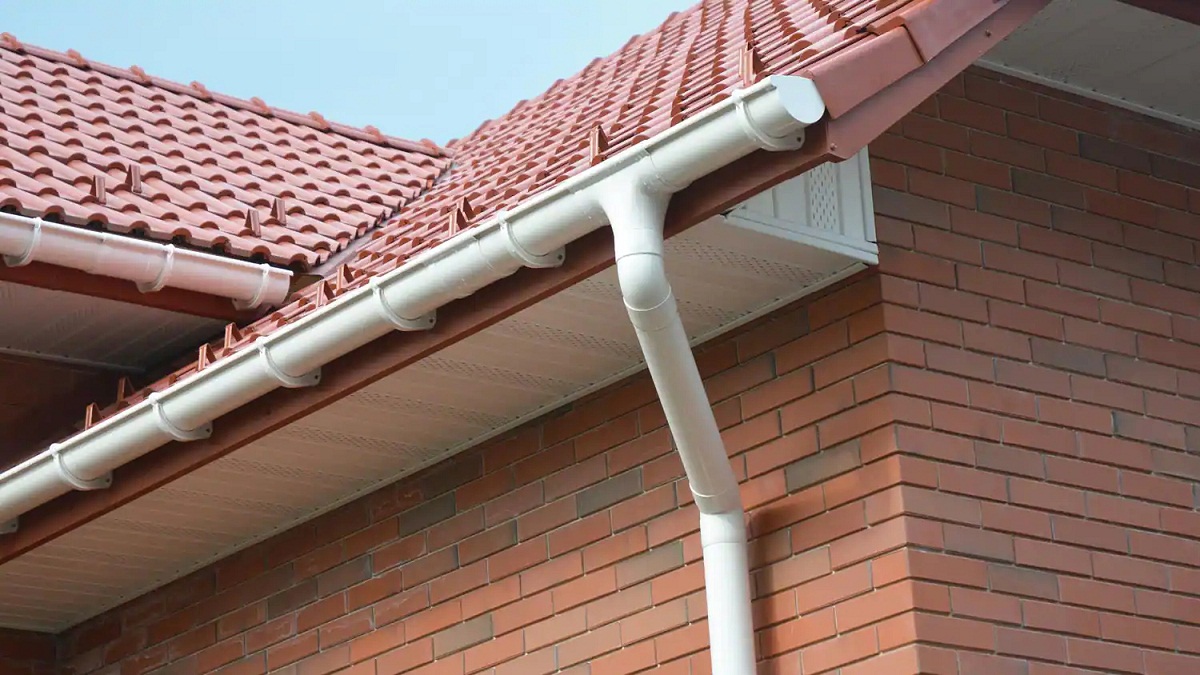
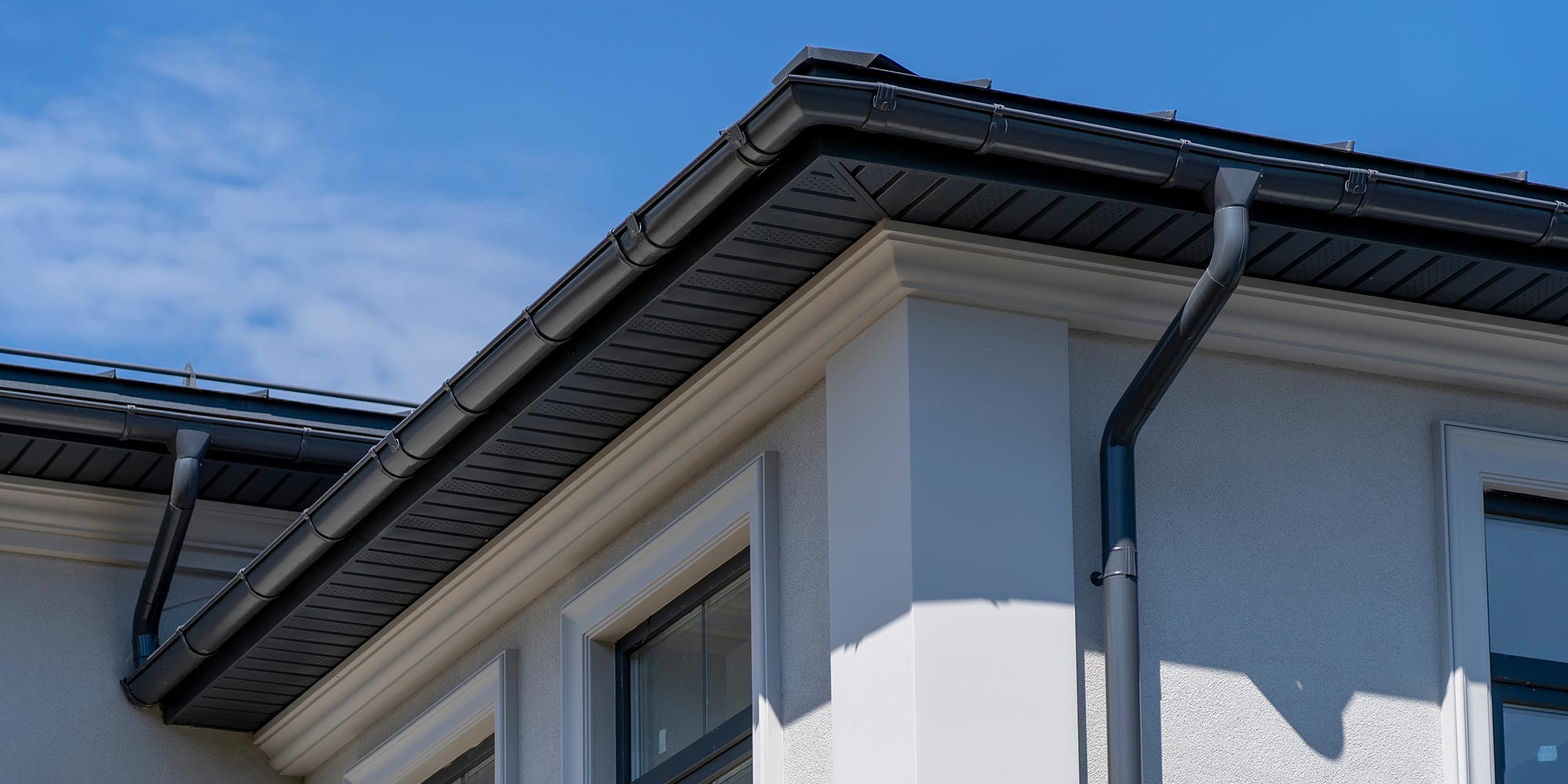
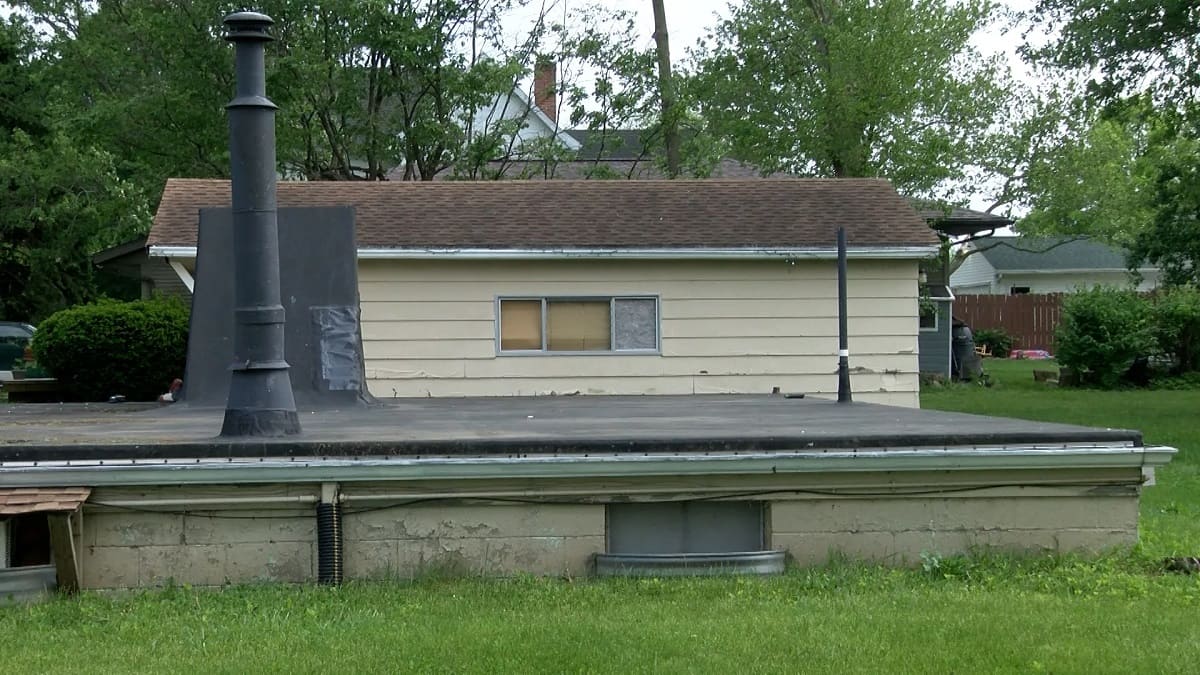
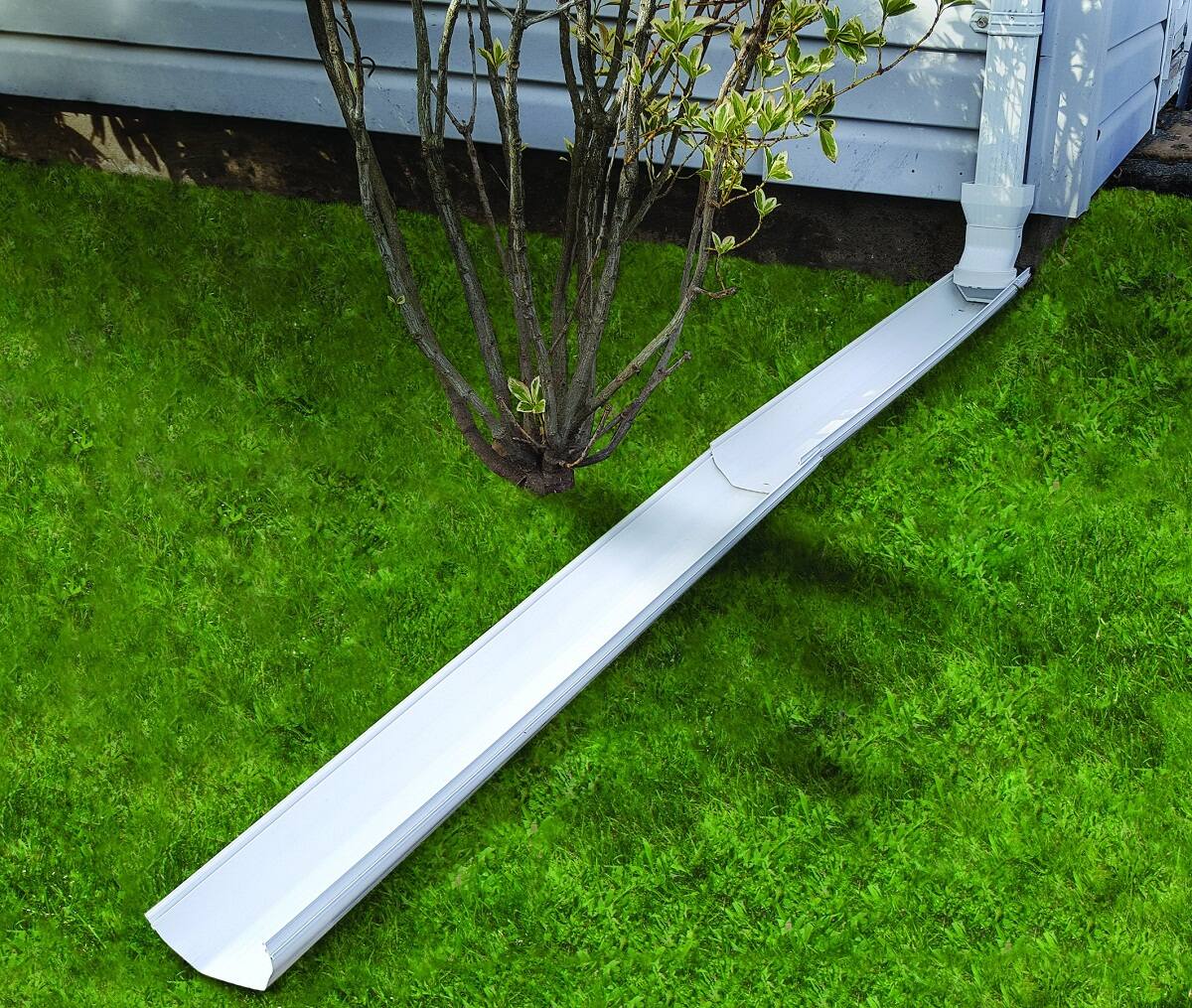

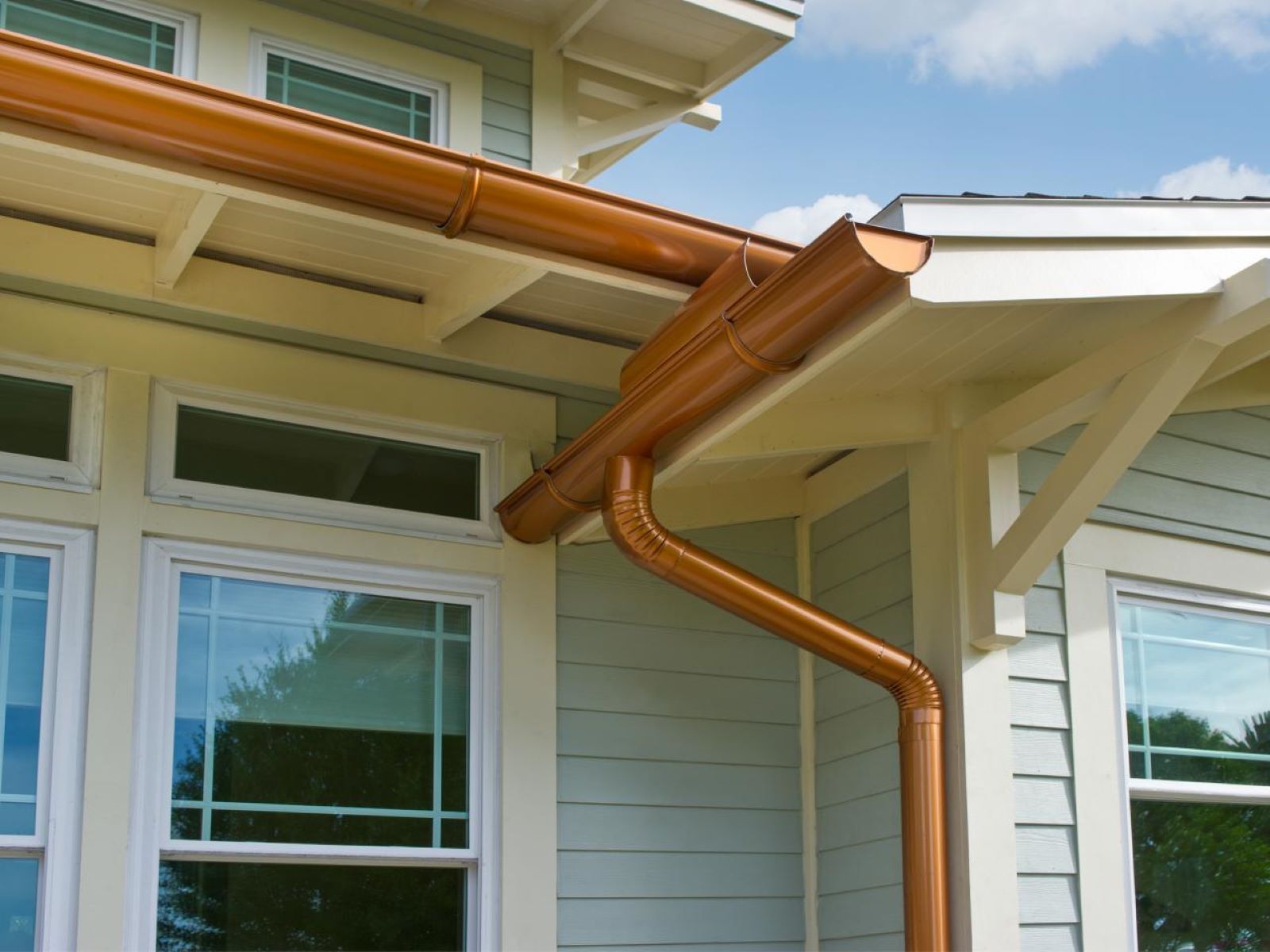



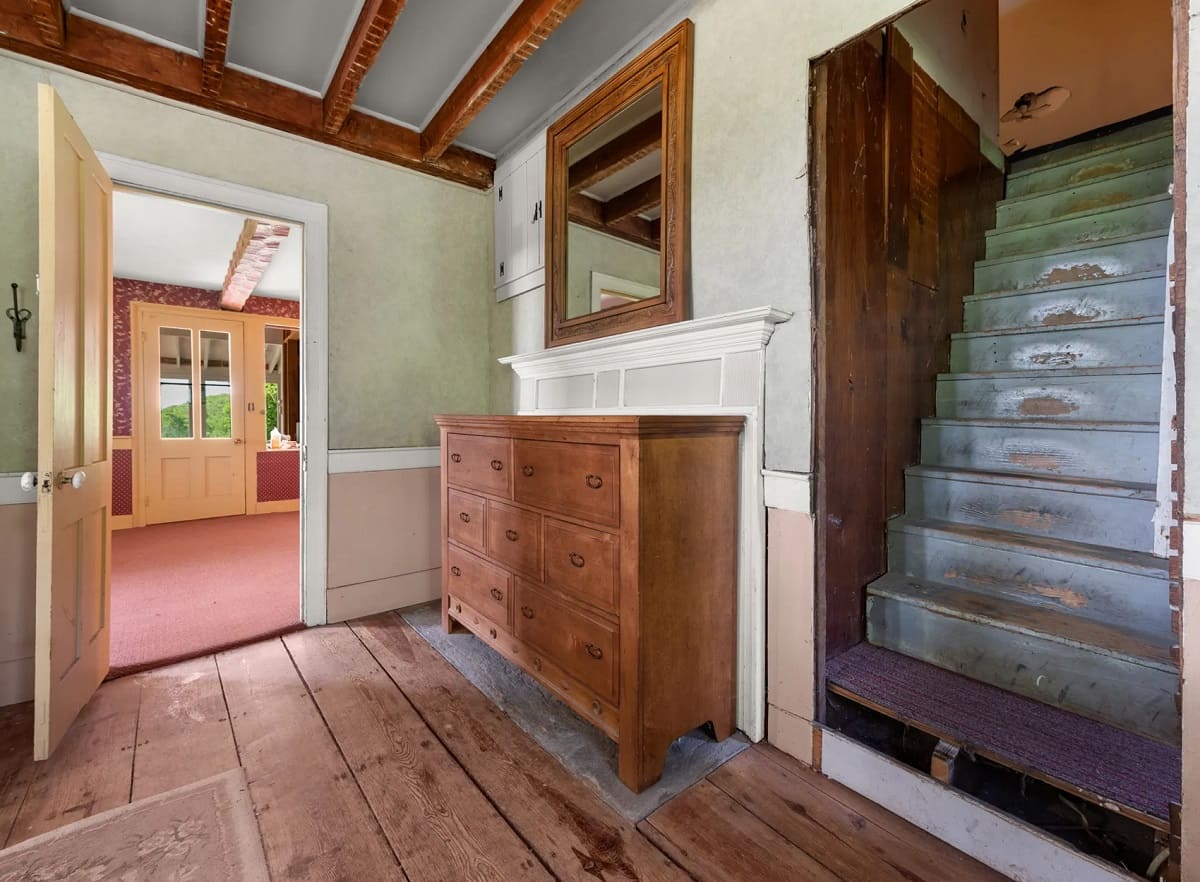
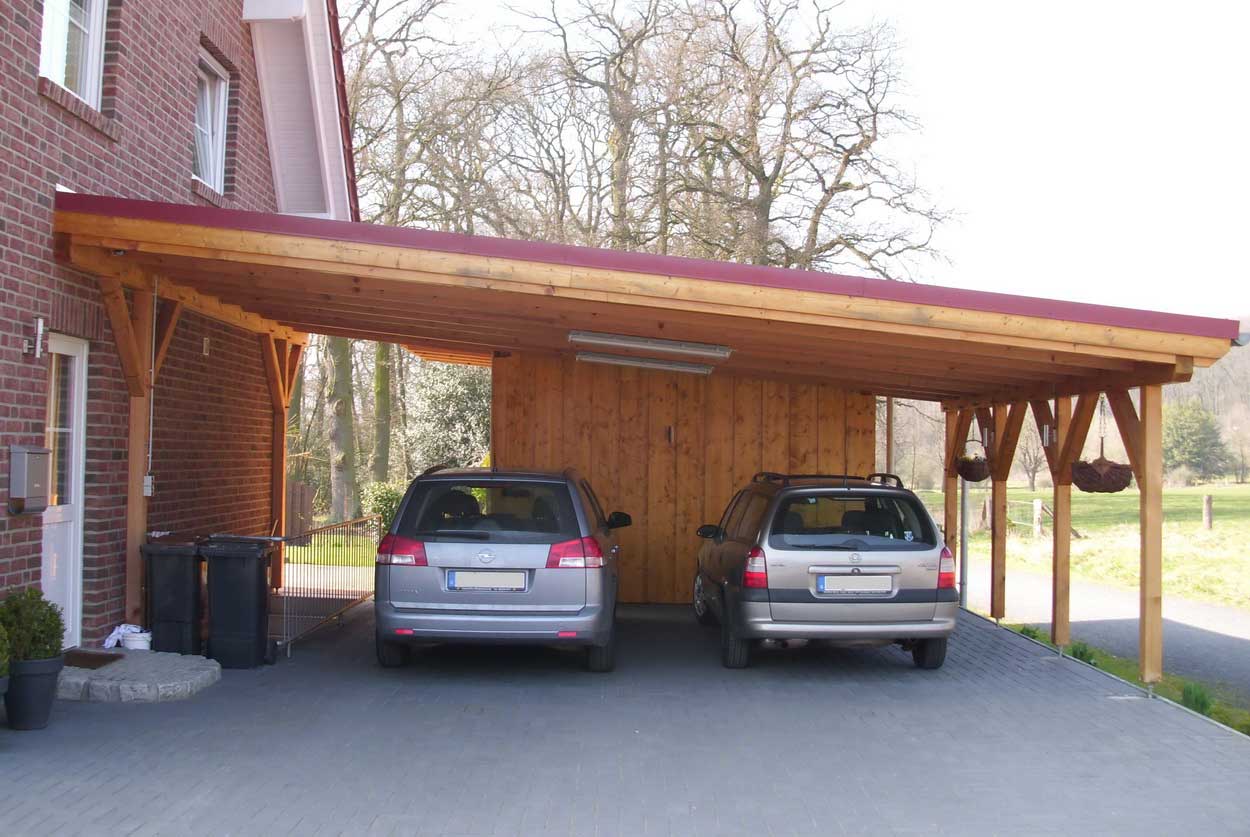
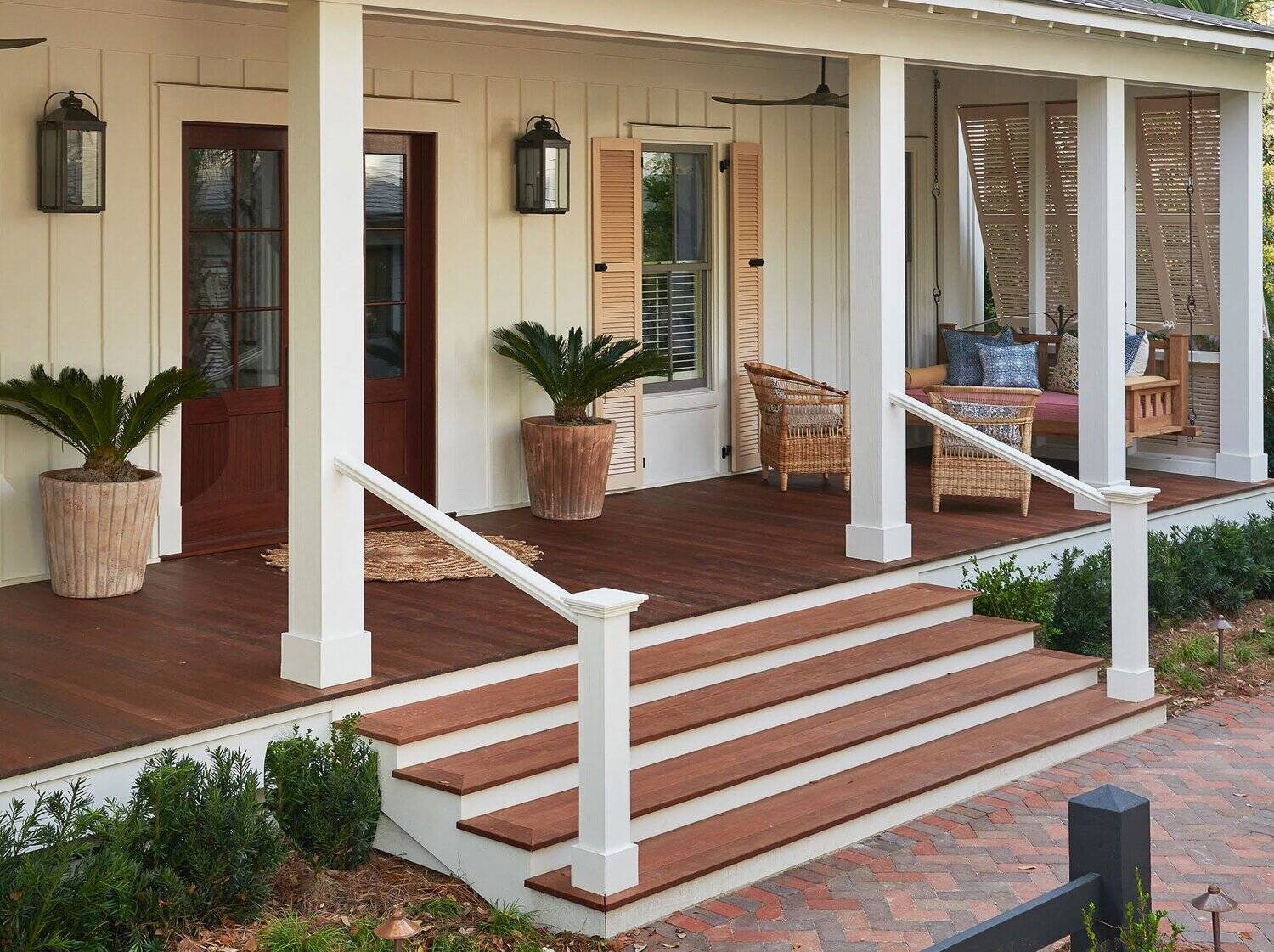


0 thoughts on “How To Design Gutters For A House”